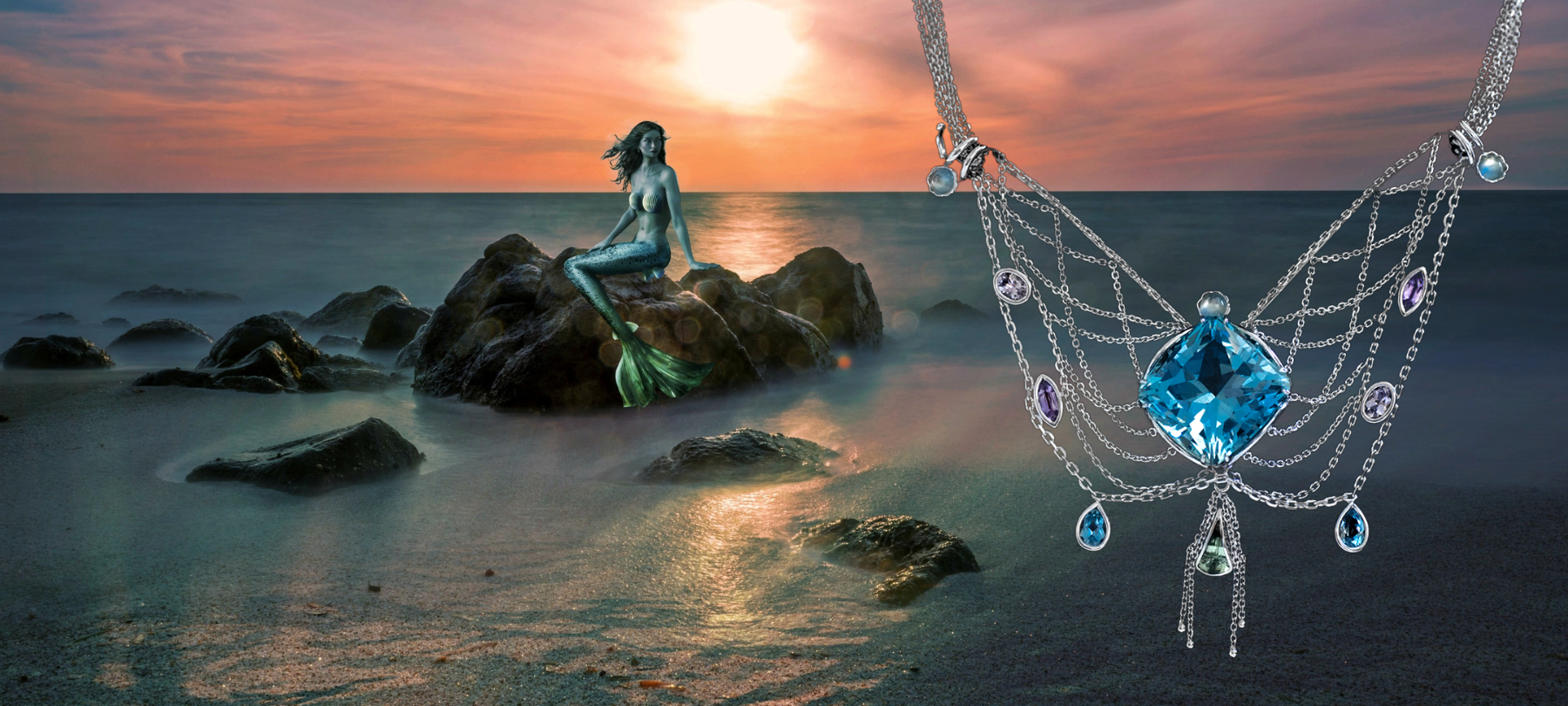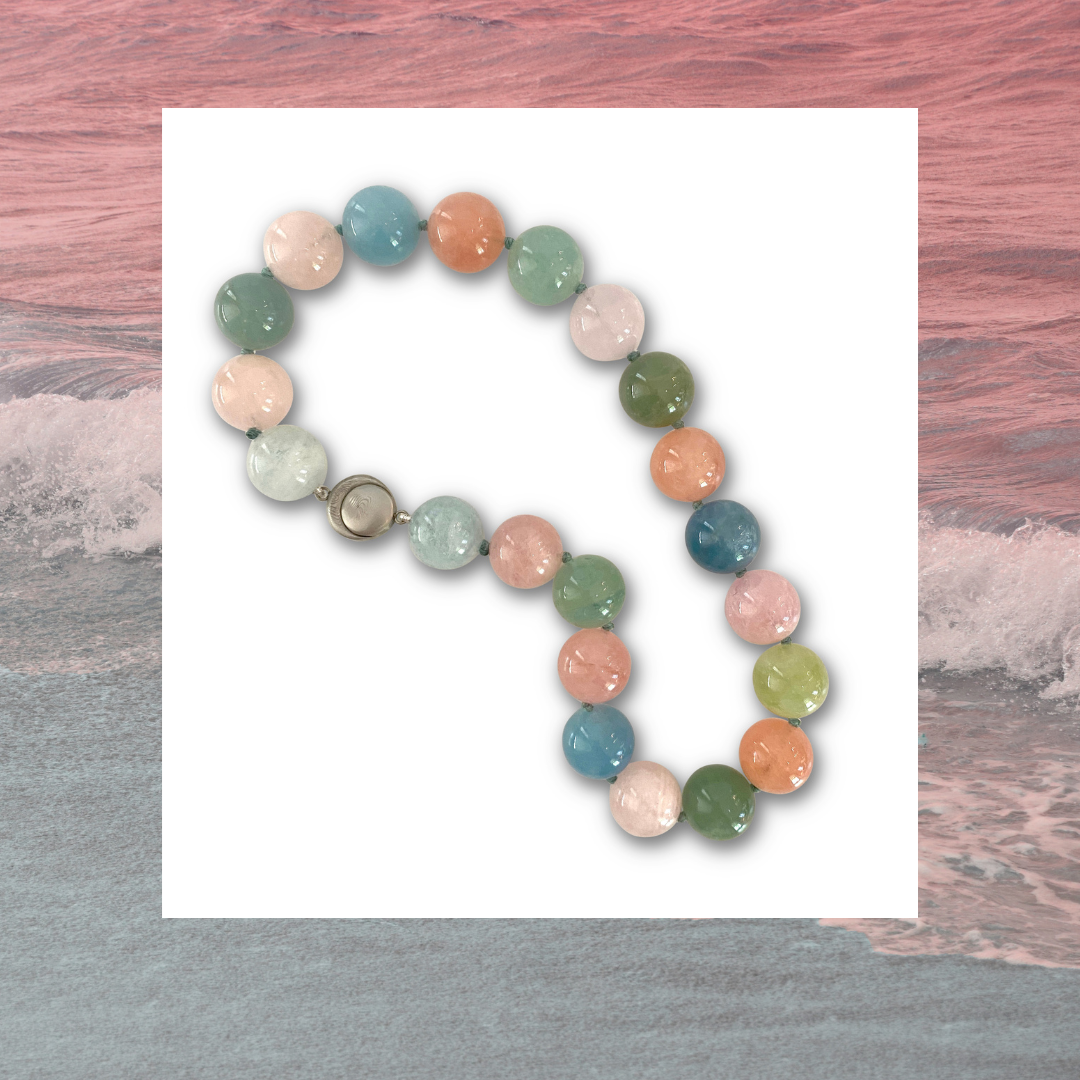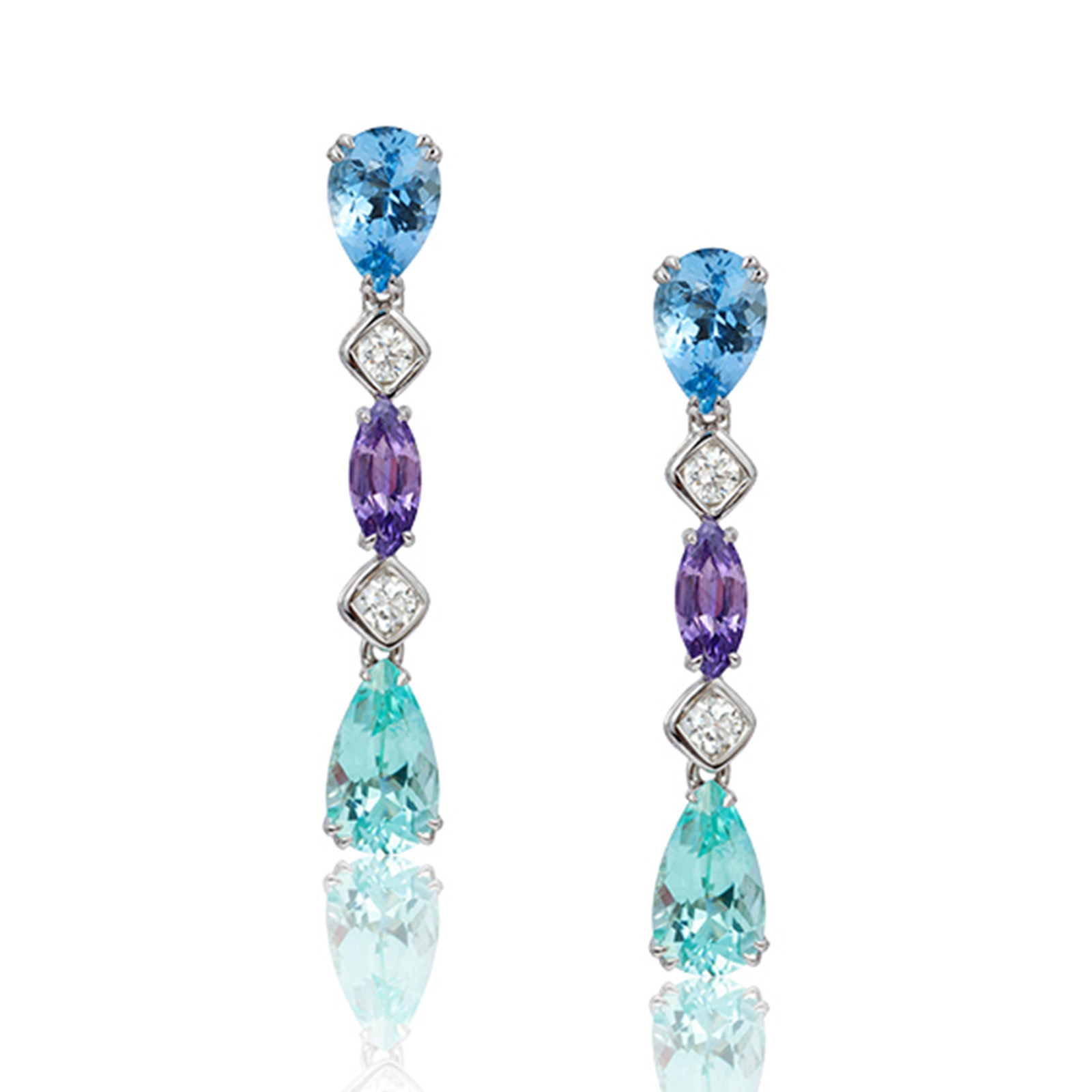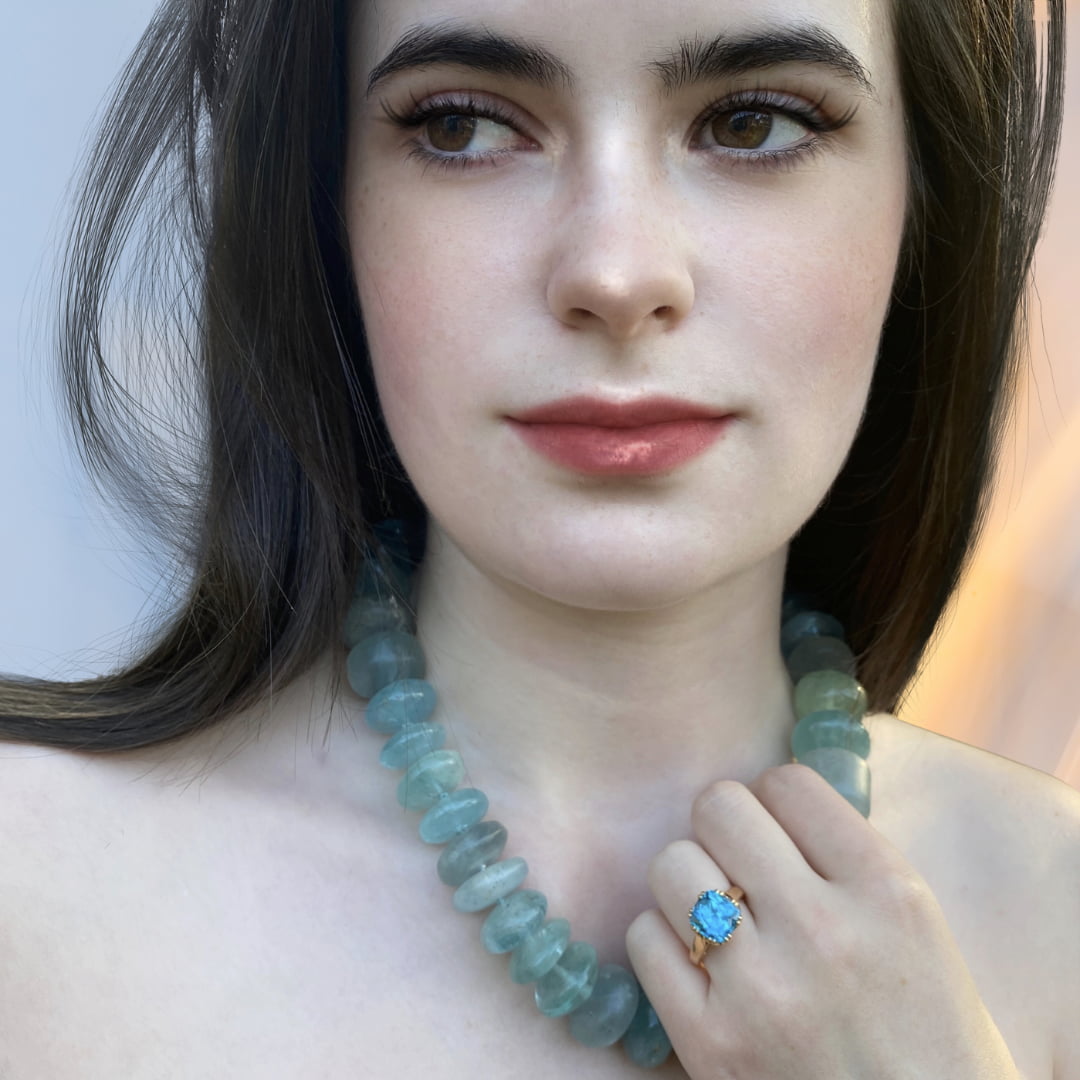Aquamarine, named after the sea’s watery hues, has a storied history beginning with the earth’s oceans and water. Most often, aquamarines are in lighter pastel tones blending different hues of blue and green.
Photo 1: “La Mer,” a Cynthia Renee bespoke necklace inspired by a gift from the sea and life’s abundance. Made for an adventurous client, it features a 30.39-carat aquamarine from Mozambique and smaller moonstone, tourmaline, aquamarine, purple sapphire, and lavender spinel are also coming up in the net of abundance.
Most of us have heard of the gem aquamarine; it’s been revered by humankind since antiquity. “Water of the sea” is how early Roman fishermen referred to the gem, the Latin words from which aquamarine got its name.
Aquamarine Stories and Lore
Greek and Roman myths tell that aquamarine crystals fell out of a mermaid’s treasure chest, freeing their way to humanity. It became the sacred gem of Neptune, god of the sea and waters, and was believed to have the power to calm stormy waters, protect sailors from danger and insure a great haul of fish. Often, Neptune’s likeness was inscribed into the gem’s surface for added protection at sea.
Aquamarine is still considered the lucky stone of sailors. It also calms more than raging seas. Cool as water, aquamarine is considered to relax the wearer and bring their good qualities to the forefront.
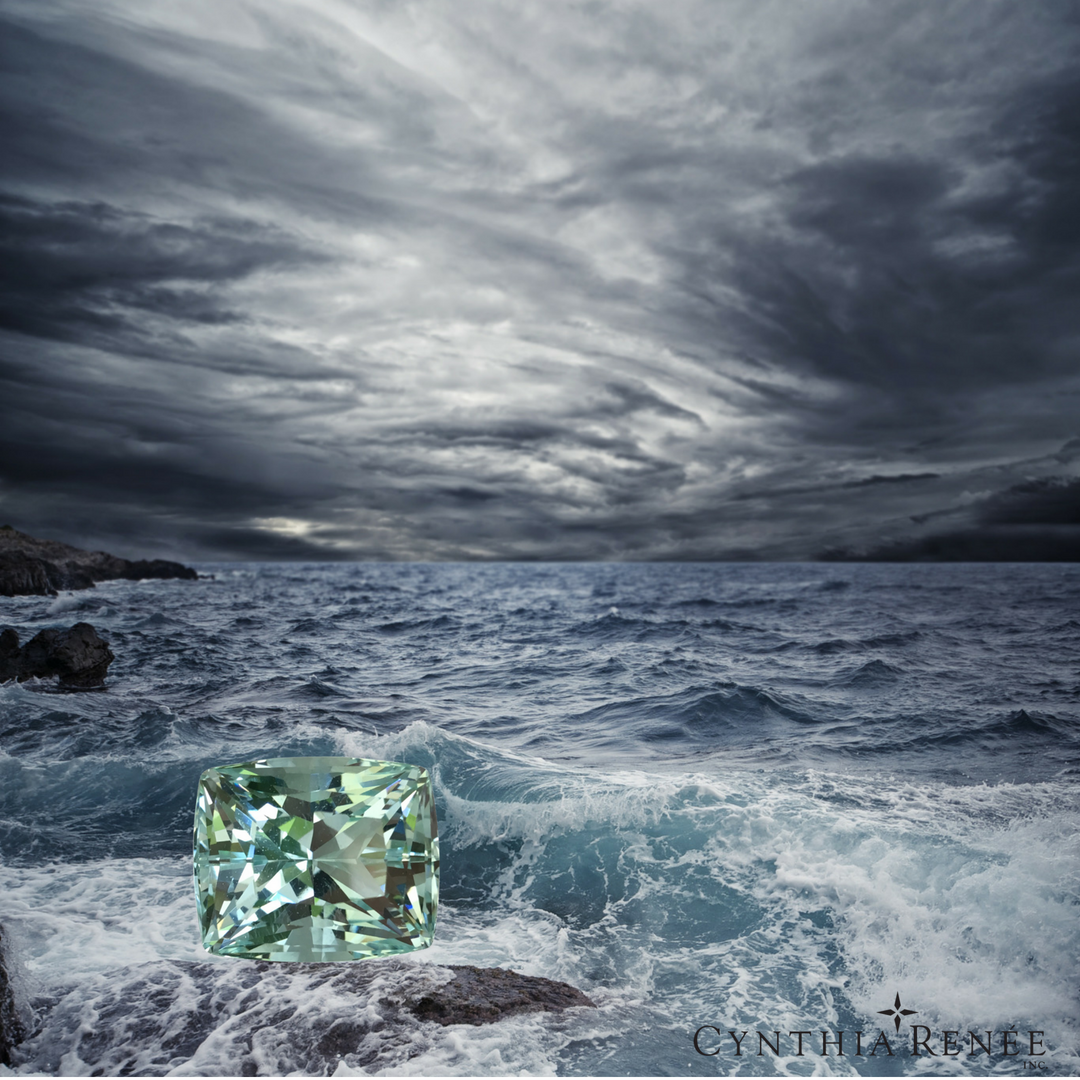
Photo 2: Ancient Roman and Greek sailors believed aquamarine could calm stormy seas. Aquamarine comes in various hues of green and blue.
Aquamarine is a birthstone for March birthdays and is connected to the zodiac sign of Pisces. Pisces is associated with Neptune, a planet of your deep subconscious, inspiration, dreams, soul, and illusion.
In Buddhism, aquamarine symbolizes the ocean, love, and mercy, often gifted to new brides the morning after their wedding. Early Christians associated aquamarine with the disciple Thomas, who traveled to the Mediterranean Sea spreading the Gospel.
In the European Middle Ages aquamarine was thought to protect from poisoning, and was often worn by royals and nobles who feared their enemies’ poison.

Photo 3: Aquamarine is a birthstone for March and is connected to the zodiac sign of Pisces.
The Edwardians loved aquamarine, and you’ve probably seen antique jewels featuring aquamarine, usually set in white metals.
Aquamarine was also thought to restore a tired love – perhaps that’s why it is the gift for the 19th wedding anniversary.
Aquamarine Healing Traditions
Everything emanates energy. Gems’ crystalline nature focuses their energy and has been used in healing modalities all over the world, from ancient times to now.
Aquamarine is a “stone of symmetries,” with its blue hues reflecting both sea and sky, above and below us. In Shamanic traditions, stones of symmetry help us look both within and outside ourselves, helping us to gather insight, wisdom, and clarity. Aquamarine wear is said to bestow calm and be a stabilizing force in the wearer’s life.
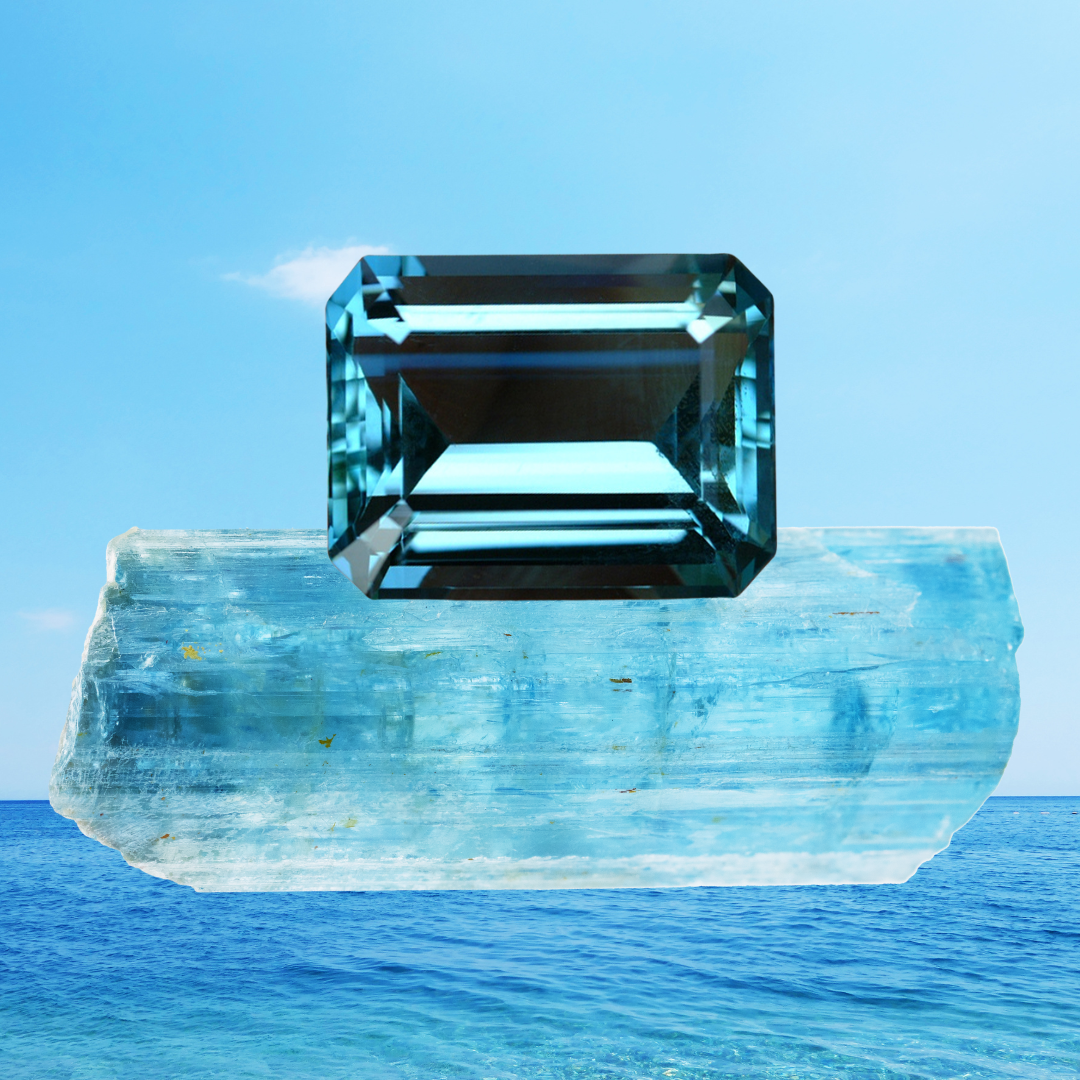
Photo 4: Aquamarine is called a “stone of symmetries,” as its hues reflect both sea and sky. Shamanic traditions use stones of symmetries to help us look deeper inside ourselves.
Many cultures incorporate gem/chakra energy healing modalities into wellness to facilitate and optimize energy by keeping the chakras balanced.
Aquamarine is associated with the throat chakra, considered the voice of the body and the passageway for energy to your other chakras.
The throat chakra focuses on your ability to communicate and the flow of self-expression. It aids in the ability to speak your truth, trust your power and access the clarity to create your own road to success.
Aquamarine helps wearers trust their own power, enjoy good fortune, unveil their higher self, and trust their higher voice.
Insights into Aquamarine Qualities & Characteristics
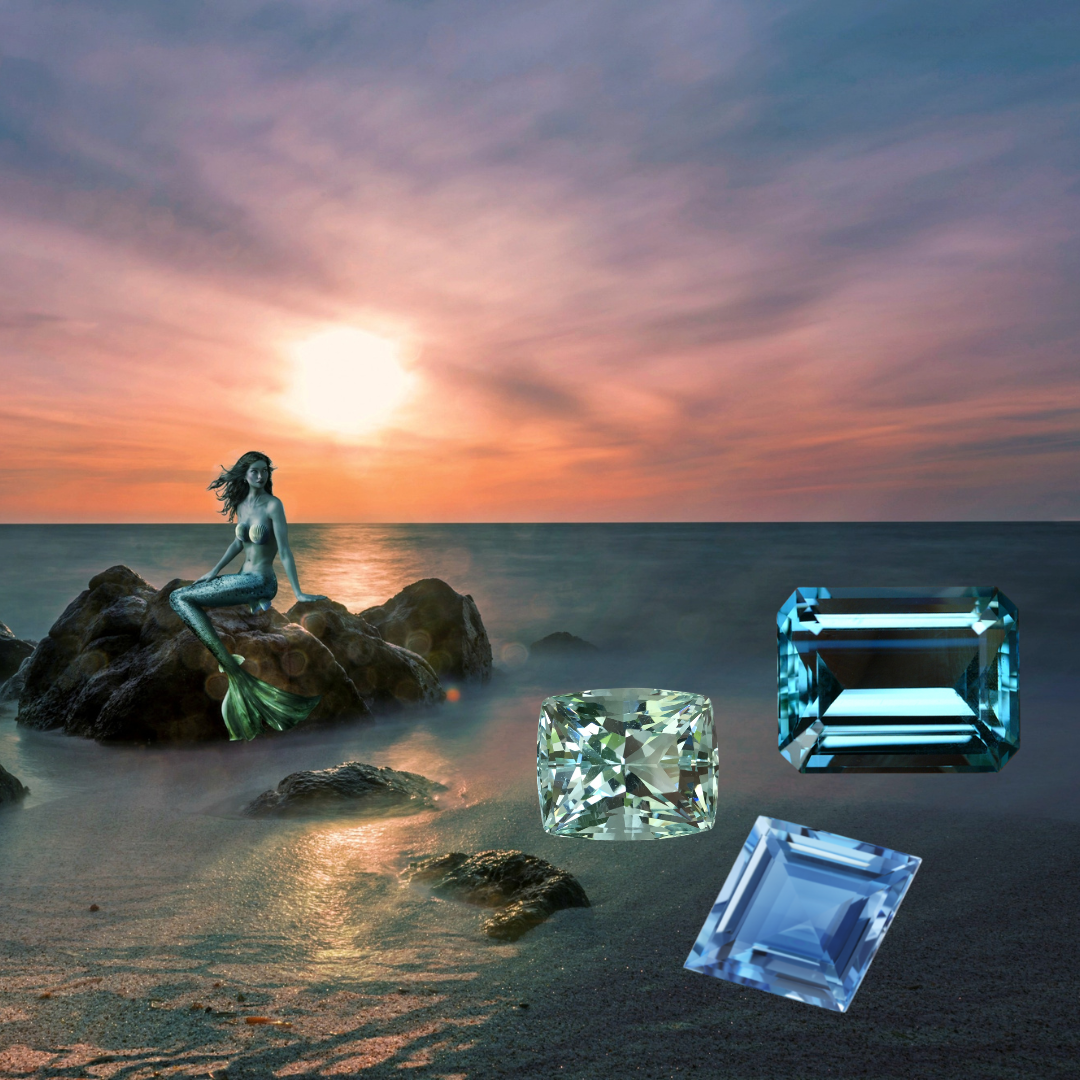
Photo 5: Some gem collectors search for the deepest pure blue aquamarine. Others search for a slightly greenish blue. All three of these gems are collectible aquamarine.
Aquamarine Family Tree
Aquamarine is a member of the prolific beryl mineral family, along with emerald, morganite, heliodor, and green beryl. The gem varieties of beryl are designated by the element responsible for their coloring. Aquamarine is primarily colored by iron while chromium is responsible for emerald’s vivid green. The beads in the necklace below are all varieties of beryl. Learn more about the necklace here.
Photo 6: Beryl is the gem family with the illustrious members aquamarine, emerald, and morganite. Take a peek at this incredible beryl bead necklace here.
Aquamarine Color:
Think of the ocean. A cupful of seawater is much lighter than the whole sea, isn’t it? The mass of the sea concentrates the dark color. It’s the same in aquamarine, larger size helps to concentrate and intensify the color.
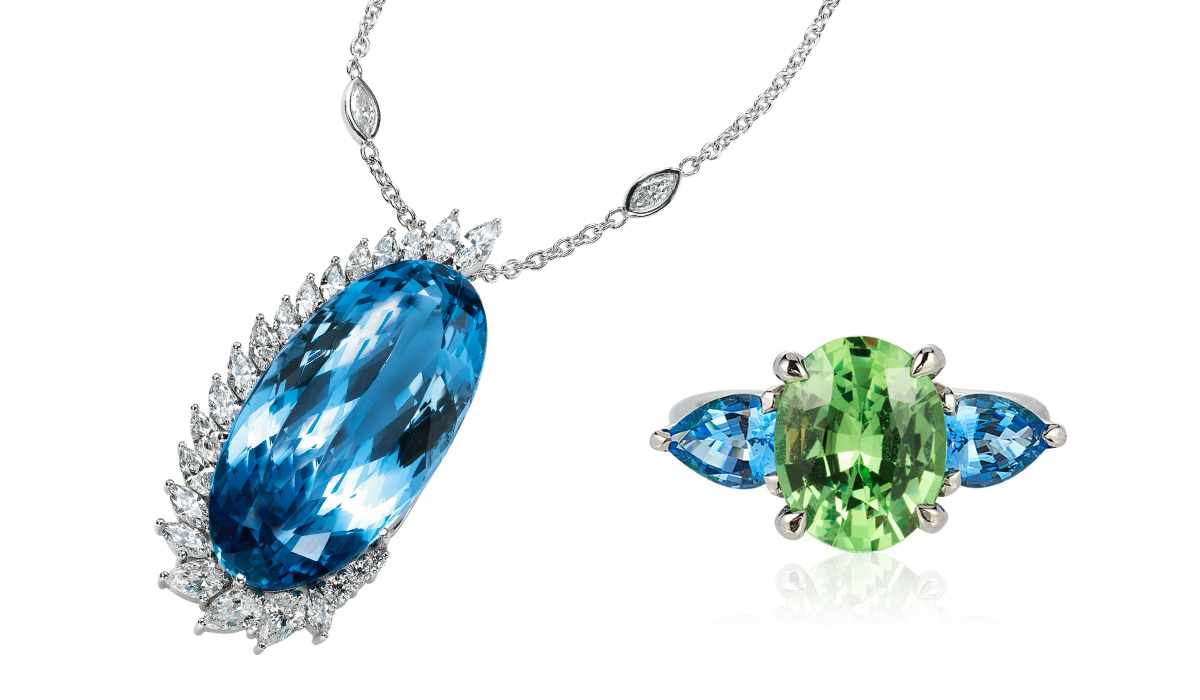
Photo 7: A larger size in aquamarine helps to concentrate and intensify the color. The 60-carat aqua in the pendant is a world-class gem. Conversely, the small aquamarines in the ring are close to the same color and weigh 0.60 carats each.
What color you prefer is a personal preference. Nevertheless, in the colored gemstone market, there are trade standards for preferred colors which translate into varying prices. In the gemstone market, we look for color, clarity, size, and cut, with color weighing high in the desirability equation.
Some gem collectors may prefer the deepest blue aquamarine until it gets too gray. Others search for a slightly greenish blue that is so hard to find nowadays as aquamarine is routinely heated to remove the yellow, which our eyes see as green when the yellow is mixed with the blue components of aquamarine (remember, blue and yellow create green). Photo 5, above, shows a range of aquamarine colors.
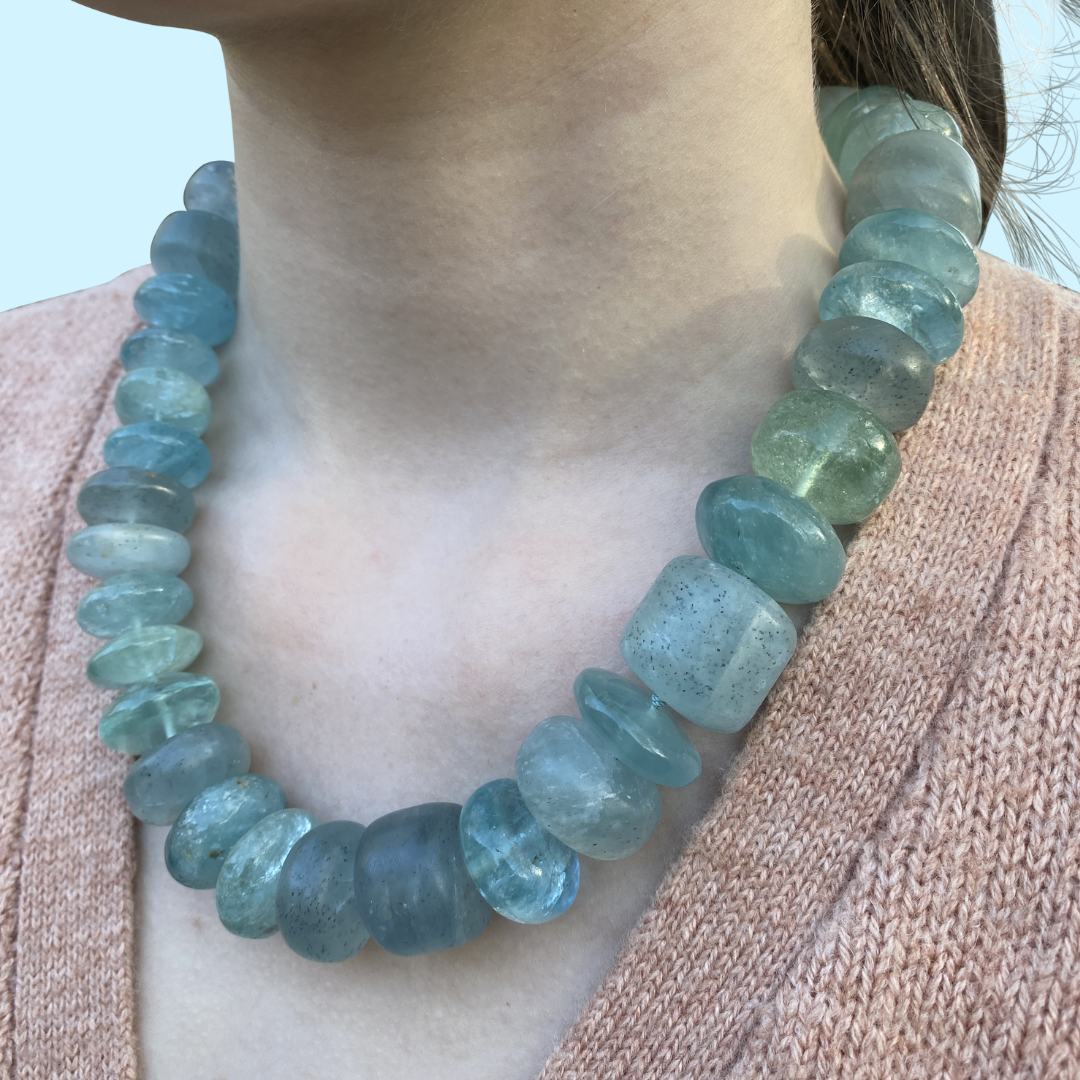
Photo 8: Beryl is the gem family with the illustrious members aquamarine, emerald, and morganite. Take a peek at this incredible beryl bead necklace here.
What looks like slight differences in color and hue to the layperson can translate into significant pricing differences within the trade. Aquamarine’s pricing is particularly size-price dependent, meaning you will pay much more per carat for a three-carat intensely colored aquamarine than a similarly colored 15-carat aqua.
Pick the aquamarine color that speaks to you, but with the help of a professional who is familiar with the colored gem market, has your interests at heart, and can advise you accordingly.
Even a shallow internet dive will bring up the term “Santa Maria” attached to an aquamarine’s description. Most often, it’s a marketing “misnomer” applied to an aqua of intense color.
In the 1950s, there was a stupendous find of intense blue aquamarine discovered at Brazil’s Santa Maria de Itabira mine. Most of that material is long depleted with only sporadic mining in the area. In the early 1990s, similar quality aquamarine was discovered in Mozambique and Zambia. To describe those new finds’ color, “Santa Maria” was used as a shorthand to describe their intense blue color.
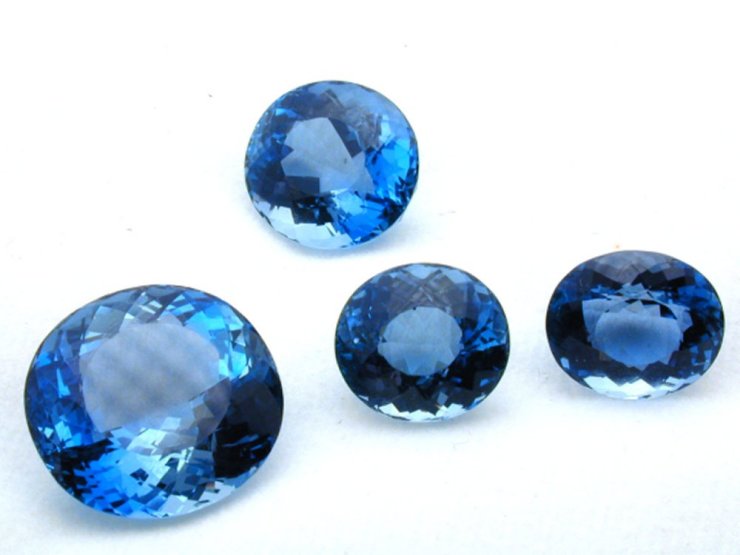
Photo 9: These are extremely fine aquamarines from Brazil that have the “Santa Maria” color but are from another mine.
Locality names should be for gems from the specific locality, not shorthand to describe a quality or color. Aquamarine is mostly found in Brazil, Mozambique, Madagascar, Pakistan, Zambia, and Nigeria, primarily.
Nevertheless, wherever the gem is mined, intense pure blue hues are exceptionally rare in aquamarine.
Aquamarine Cutting and Shapes:
One of aqua’s greatest features is the way it dances with the light. When well cut, aquamarine’s more delicate hues reflect an inner glow. That’s why cutting is important with these pastel-colored gems but rarely seen with the more commercial grades which are subjected to routine labor-saving cuts.
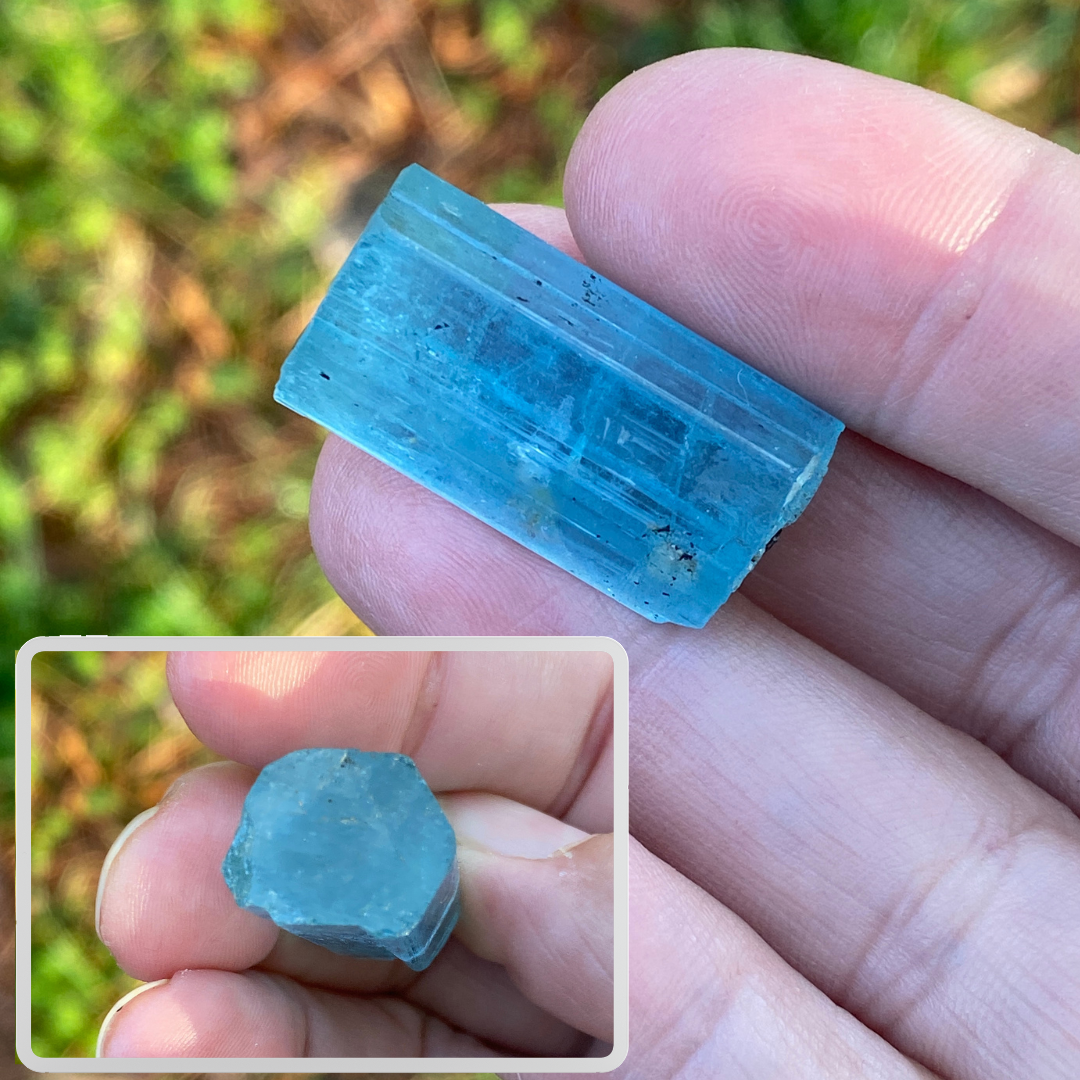
Photo 10: An aquamarine crystal; an emerald-cut gem would be oriented parallel to the crystal’s length.
Because of weight retention and crystal orientation, aquamarine is usually seen fashioned in an emerald cut, where the long axis of the rectangle corresponds to the length of the aquamarine crystal and the gem’s ends can be steep. Rounds over five millimeters and marquise shapes are the most difficult to find.
Many aquamarines are cut with slightly deep pavilions (bottoms) which helps in darkening their color, though can make the setting awkward.
Aquamarines, particularly those without high clarity, are also cut in the smooth, domed cabochon cut as in the pendant on the right.
Aquamarine Sizes:
Aquamarine is readily available in large sizes with excellent clarity. What is less available, are gems under five carats in an intense dark hue, as shown in Photo 7.
For any given quality characteristics, prices rise slowly with size to about twenty carats, then the price per carat flattens as the jewelry used for larger stones is limited.
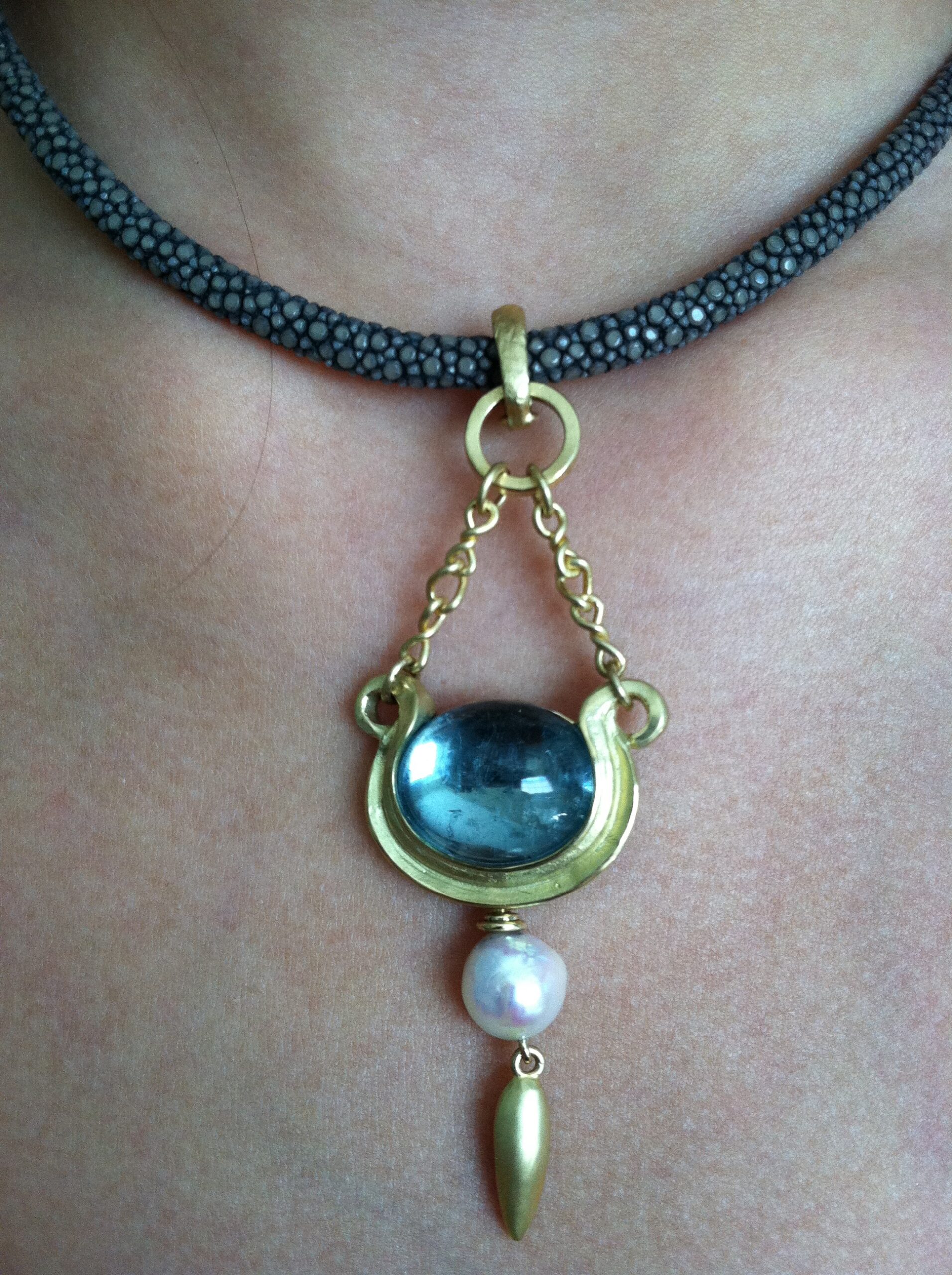
Photo 11: A Cynthia Renee bespoke pendant featuring an aquamarine cabochon, designed with a feeling of antiquity
Aquamarine Clarity:
Top aquamarines are clean internally, with a crystalline gleam. Because the gem is easily found eye-clean, the presence of inclusions should translate to a greatly reduced price.
Photo 12: An extraordinary color chord of aquamarine’s watery oceanic hues.
The aquamarine comprising the extraordinary bead necklace above is unheated showing variation in the greenish and blue hues. They are not internally clean, highlighting their individuality and charm. Even though it doesn’t achieve the price of darker, purer aqua, it is very rare to put together a necklace like this, collecting various hues and shapes.
Aquamarine Availability:
Aquamarine is a gem available in large sizes.
Intensely blue aquamarines of any size are a rarity, with smaller (one to three-carat) gems in the same intense dark blue even more so.
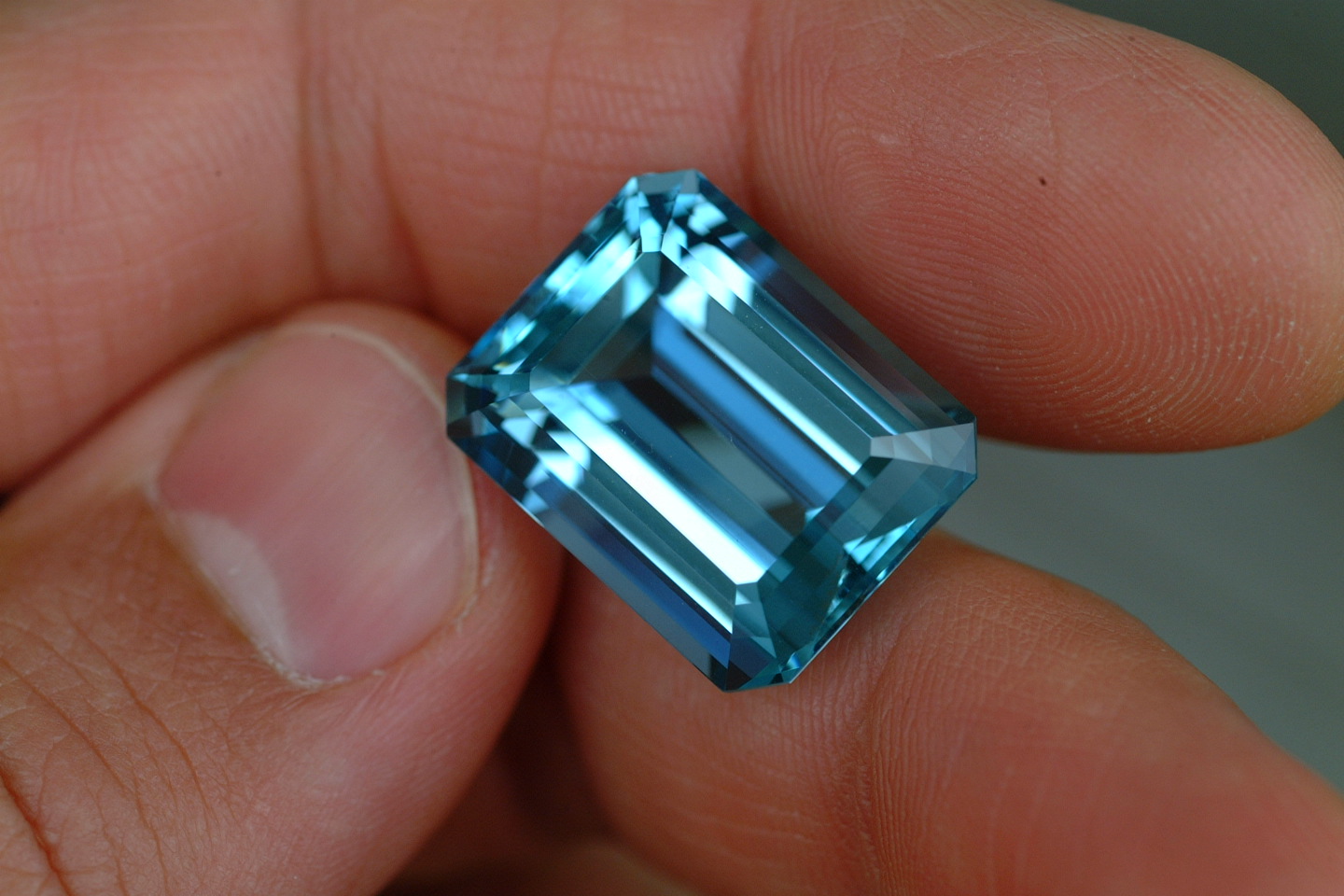
Photo 13: An intense pure blue aquamarine of about 12 carats.
The slightly greenish blue aquas can be very beautiful and don’t fetch the price of the intense blues, though they are not easy to find due to the routine application of heat to purify the color, removing the green component. The necklace in Photo 12 is an example of greenish-blue aquas that are difficult to find.
Commercial through medium quality aquamarine is available in all sizes, though remember, small sizes are light in this quality range
Fine round shapes over 6 millimeters and marquise-shaped gems can be very difficult to find.
Matched pairs of aquamarine are available, particularly in emerald-cut and oval shapes, then cushions and pear shapes. Paired rounds over five mm are sparse.
Aquamarine Pricing:
$-$$$$, or by the piece for designer cuts and uber-fine material.
Gemstone prices are determined like many other things: supply and demand. Short supply and high demand equal high price; high supply and moderate demand translates to a lower price. Colored gem pricing is an actual reflection of how much of a certain gem is in the market at any time and how many people want it. Gem finds are sporadic – a big find can hit the market with an exciting splash, become absorbed by demand, then be played out with nothing to come for years, if ever.
With aquamarine pricing, what may appear to the layperson to be subtle color differences can be translated into significant monetary differences.
The price of aquamarine is based on the depth and purity of the blue color and size. Smaller-sized gems (one to five carats) which are darker blue and devoid of gray and green secondary coloration are much more difficult to find than their larger (over twelve carats) equivalents and prices reflect this rarity.
While the greenish blues are lovely, difficult to find, and not always a “bargain alternative,” they do not fetch the price of the pure intense blues.
Large clean aquas are readily available; if there are inclusions, the price should be drastically lower than an equivalent quality clean stone.

Photo 14: Small, intense blue aquamarines contrast with Peridot’s tart green.
Ask yourself: for a given price, do you prefer a dark yet smaller aqua or a larger aqua that is not as dark?
When available, smaller-sized dark blue aquamarines allow you to purchase the finest aqua available at a lower total investment. They may cost more per carat than their larger equivalents, but their smaller size makes their total price more accessible
Since a one-carat aquamarine in a very dark color is quite rare, it could price at $2000 for the gem. A ten-carat aqua in a lighter shade that is more readily available could also be $2000.
Aquamarine Enhancement:
The heating of aquamarine to purify its blue hue has been an accepted practice for decades – the Brazilians used to bake aquamarine crystals in bread dough which cushioned the crystals while the low break-baking temperature drove out the green.
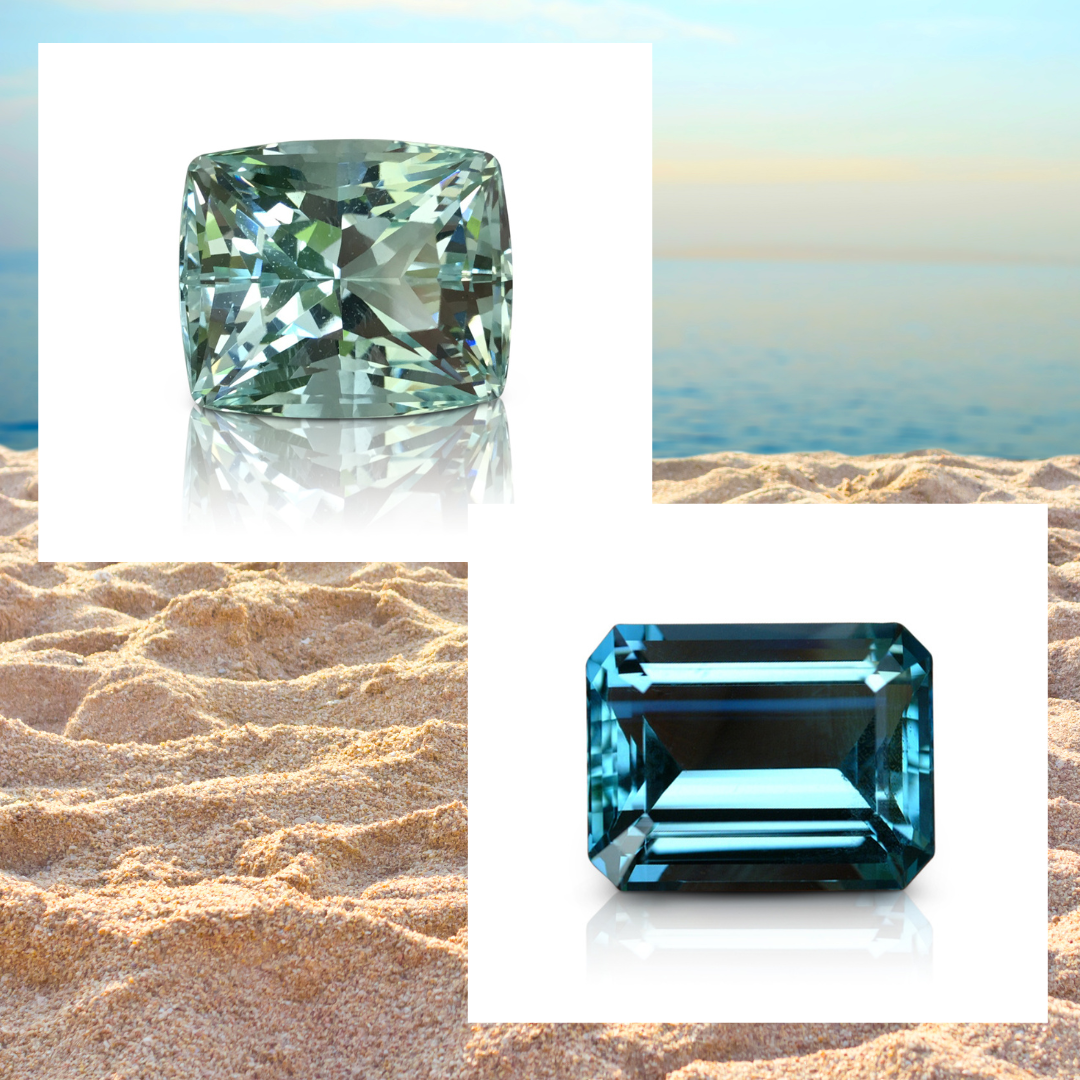
Photo 15: The heating of aquamarine to purify its blue hue and drive out the green is routine in the industry. The greenish-blue gem here is unheated.
Aquamarine Durability and Care:
Aquamarine has good durability for a variety of jewelry styles.
Aqua isn’t fussy in its durability but watch every day/all day wear if you’re one who is physically impetuous. Aquamarine has a hardness of 7.5-8. Remember there is a difference between hardness and durability (link to blog).
I know people who wear aquamarine in their engagement rings, though protect the aquamarine by removing their ring before sports, gardening, and housework.
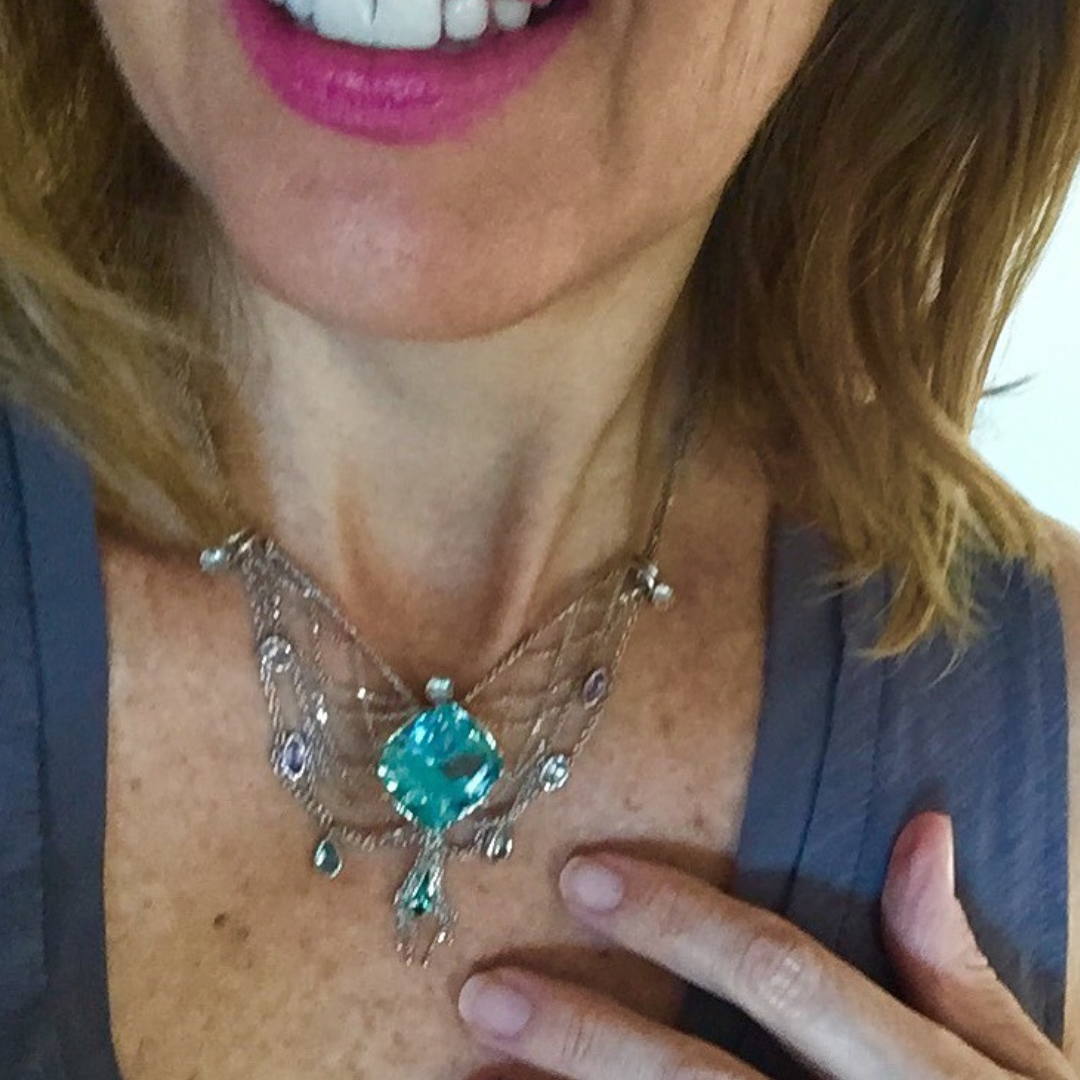
Photo 16: The bespoke “La Mer” aquamarine necklace radiates joy.
You’d be surprised how everyday oils build up on a gem dulling its appearance. Keep the sparkle in your aquamarine by frequently cleaning it with gentle soap and lukewarm water, and scrubbing with a very soft toothbrush. After cleaning, dry gently with a soft towel.
Store aquamarine in a separate container in your jewelry box so it doesn’t abrade against other metals or harder gems.
Styling Aquamarine
Photo 17: Striking a perfect color chord of pastel gems, our “Gem Garland” drop earrings feature aquamarine, Cuprian tourmaline, and purple sapphire – oh, and diamonds too! Learn more about there here.
Aquamarine is a key member of my Icy Pastel Gem™️. The gem integrates glowing light with a glacial polish, epitomizing feminine strength and softness. Conversely, it can be glacial strong set with blackened metal, steel, granite or even with meteorite slices.
Aqua can be subtly colored with a “go with everything” neutrality making it an excellent foundation for developing a jewelry collection.
How to Wear
The simple austerity of black, brown, navy or charcoal clothing provides a blank canvas to showcase aquamarine. But, what about the days when you want to express your colorful spirit?
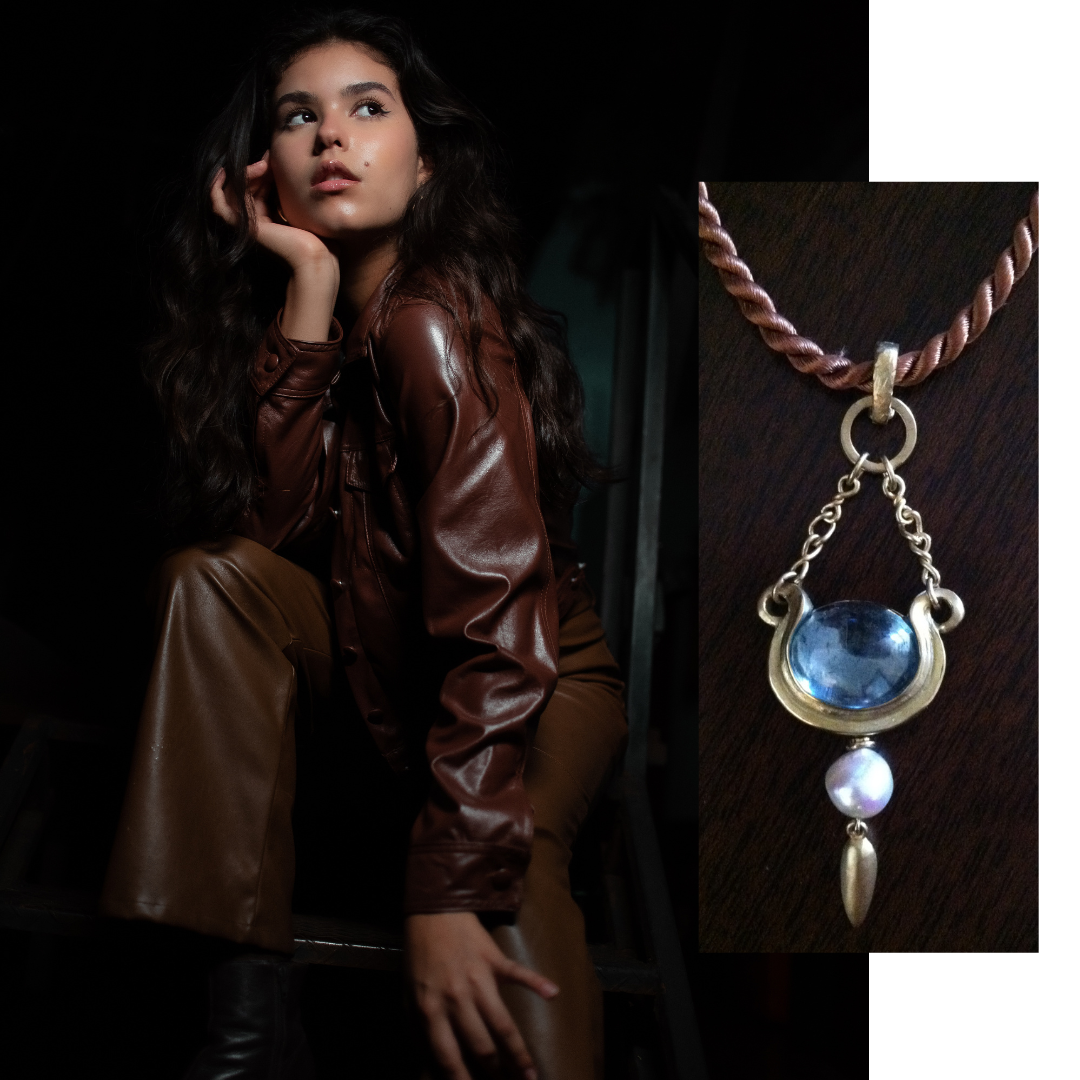
Photo 18: The bold aquamarine cabochon and the gold pendant have the mass needed to balance heavier textured dark clothing.
Aquamarine with Clothing Colors
Since clothing is ephemeral and jewelry has longevity, start with the jewel and build your clothing around your jewels and how you want to feel that day.
You do not need to match your jewelry and clothing colors. Aquamarine won’t “pop” or show best worn against light blue clothing – it can get lost in the sea of blue.
Have you seen how striking aquamarine is worn with brown and camel? And charcoal and grey? Pastel colored gems are particularly gorgeous contrasting with white, cream, beige, black and brown and gray clothing.
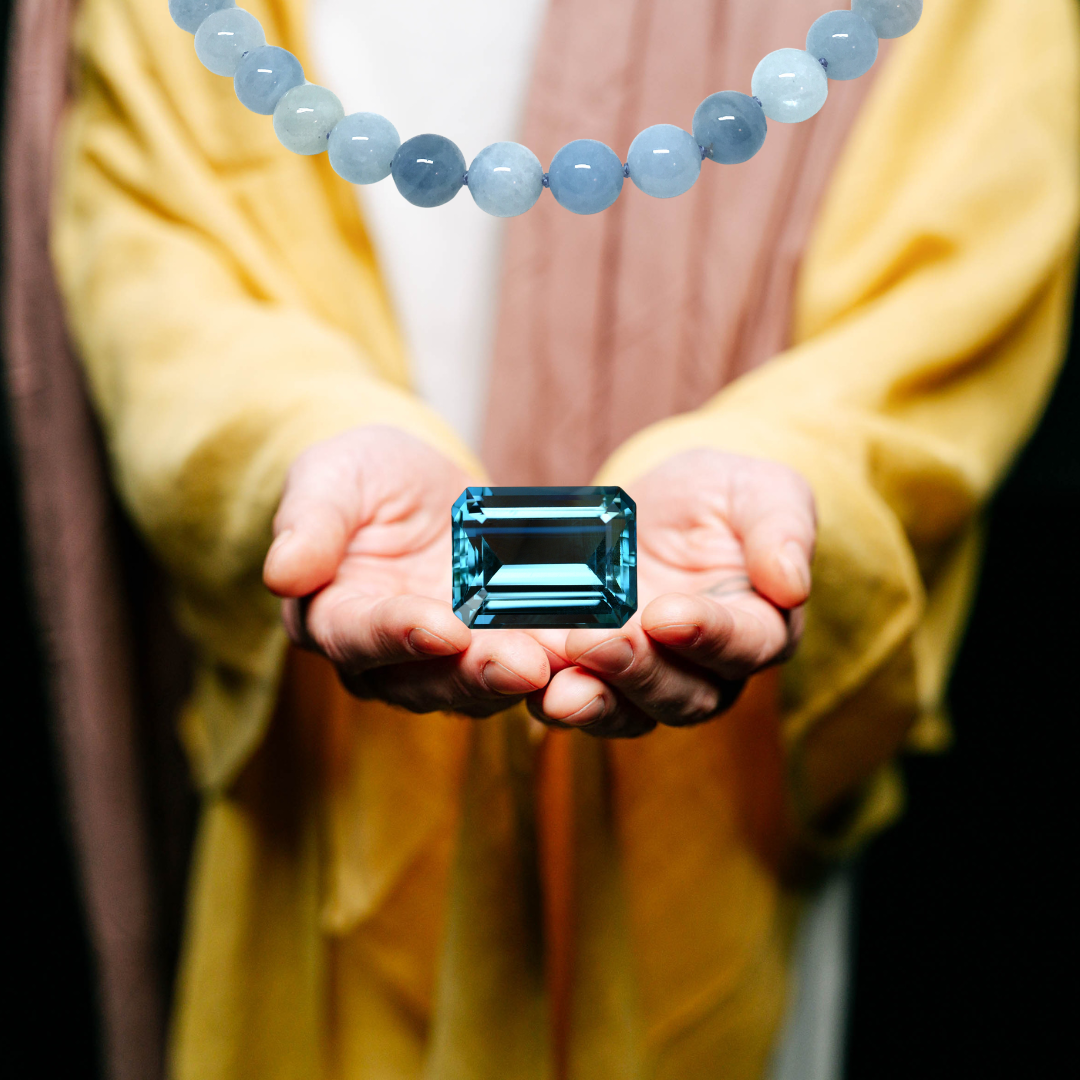
Photo 19: Aquamarine’s blue can contrast well with lighter, borderline-neutral clothing.

Photo 20: Contrast a delicately colored pastel aquamarine with the hard feeling of black leather.
You can also contrast the feelings of clothing and jewelry by pairing the soft icy aquamarine with harder-edged black leather or more severe tailoring. The opposition of feelings can give the icy gems a sharp, modern edge.

Photo 21: Small and dark aquamarine in our limited-edition Mosaic pendant. The pink is tourmaline and the green Cuprian tourmaline.
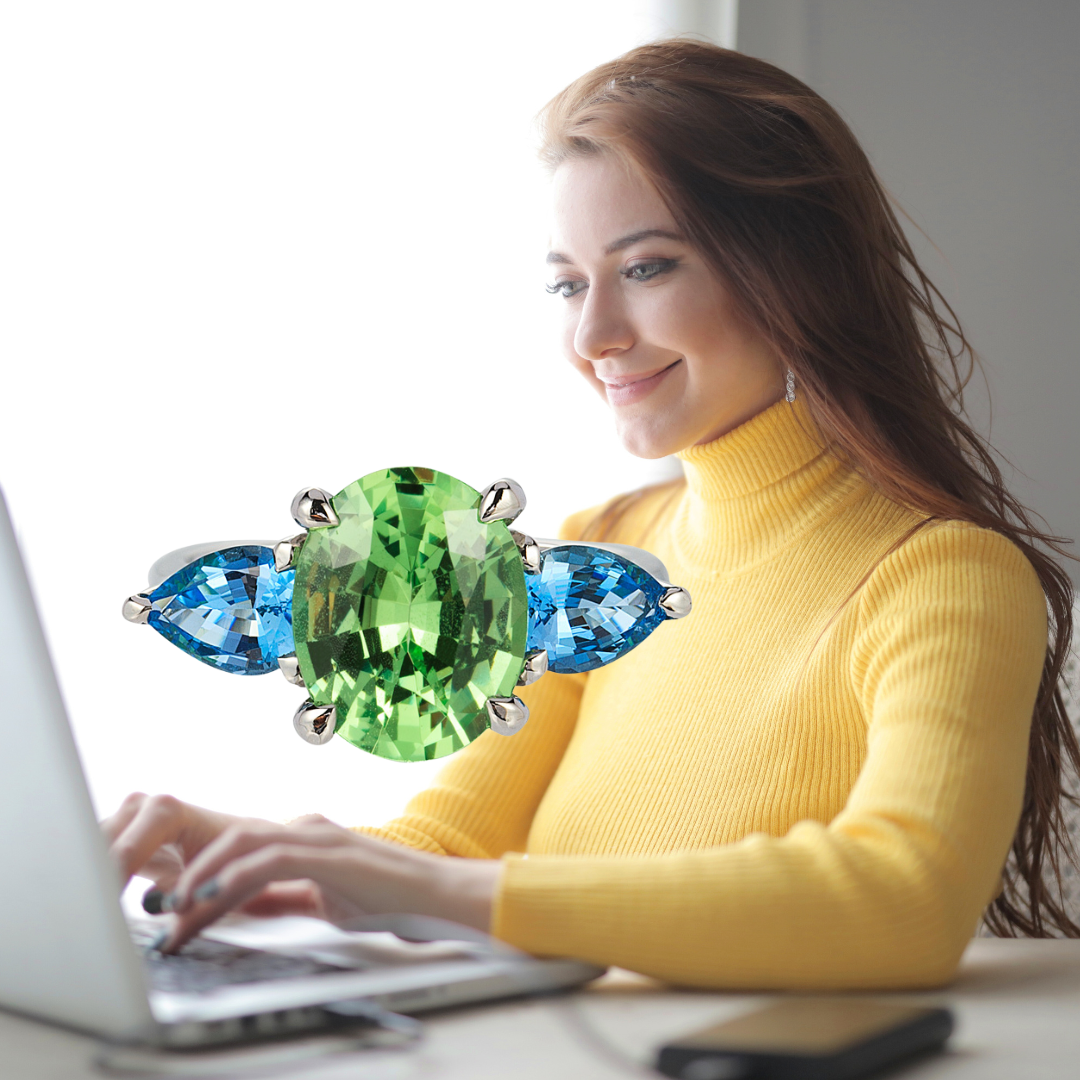
Photo 22: Color chords playing with our green grossular garnet and aquamarine ring (which has found its forever home..).
While you don’t need to wear light blue clothing with aquamarine, you can layer aquamarine with other icy pastel clothing for a harmonic tonal effect. Imagine your aquamarine with sea-foam green and baby blanket pink clothing – the effect is as uplifting as a floral bouquet and sometimes just the right thing to wear.
If you feel too much like a springtime bouquet, try just two notes of color by wearing your aquamarine with a light gray sweater and a soft pink scarf or yellow sweater.
Wearing Aquamarine with other Jewels
There is no need to wear jewelry in matched sets. Instead, wear your aquamarine with other jewels and gems that harmonize or contrast in a way that helps each other sing (energize) or make a statement.
Aquamarine is cool and chic worn with pearls of all colors, diamonds, and rock crystal – perhaps blue topaz to depending on the hues.
Create color chords wearing aquamarine with other Icy Pastel Gem Palette™️ gems such as minty-green garnet, sea-foam tourmaline, yellow sapphire, yellow citrine, lilac amethyst, pink tourmaline, pink sapphire, or pink spinel.
Photo 23: The gems in the bracelet aren’t aquas, but their colors give you an idea of how lovely icy pastel-colored gems and clothing are combined together. Read the story here.
Tonal layer aquamarine with sea-foam colored tourmaline or harmonize it with other aquamarines, blue topaz, light blue sapphire, or iolite.
The adventurous may want to pair the aquamarine’s classic coolness with peridot’s tart green, as we did in Photo 14. For this to work, you need gems of similar depth of color and strength, so one doesn’t overpower the other. When it clicks, it’s dead-on chic and intriguing.
Watch combining aqua with earthy muted tones, which can muddy the effect. Dark or intense gems can overpower or weigh down aquamarine’s glacial blue, so use caution with these colors. A little ruby accent with aquamarine can work, while wearing aquamarine with bold passionate red clothing may lose its impact.
Aqua appears icier when set in white metals and softer surrounded by the warmth of rose gold. Rose gold gives an additional contrast to aquamarine. Of course, yellow gold works too. Aquamarine is also gorgeous in two-toned jewelry: white and rose or white and yellow which can also add versatility combined with your other jewelry in one of those colors.
Whatever hue, size, or shape you choose, aquamarine flows with tranquil beauty.

